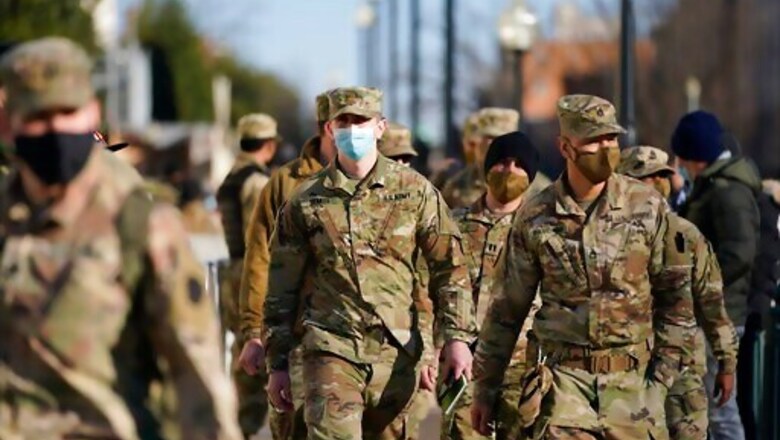
views
WASHINGTON: In the aftermath of the deadly riot at the U.S. Capitol last week, questions are being raised about why the District of Columbia National Guard played such a limited role as civilian law enforcement officers were outnumbered and overrun.
The questions also highlight concern about the potential for violence to erupt again next week when President-elect Joe Biden is inaugurated at the Capitol, and whether the Guard should play a bigger or different role.
Use of the Guard, particularly in Washington, is a complicated process, tangled in an array of jurisdictional issues between city and federal agencies. The original plans called for having a small National Guard presence with a limited role.
When rioters ransacked the Capitol on Wednesday, it wasn’t easy to quickly pivot to having a larger, more muscular force capable of backing up the embattled Capitol Police. Top city, defense, Capitol and law enforcement officials had to figure out what was needed and where it was needed. They also struggled to get the required approvals and then get the Guard members instructed, equipped and on their way.
A look at what slowed down the Guard’s response and its role in the run-up to inauguration:
WHY DIDN’T THE GUARD MOVE FASTER?
Bottom line: It was a planning problem complicated by a logistical challenge. Once officials determined that more Guard were needed than original envisioned, it took time to put them in position.
About 340 members of the D.C. National Guard had been requested by Mayor Muriel Bowser. Because the District is not a state, the Defense Department has authority over the D.C. Guard, and that control is delegated to Army Secretary Ryan McCarthy. The Pentagon approved Bowser’s request for Guard troops to support D.C. police for the protests.
Based on the agreement with D.C, the Guard members were deployed early last week to about 30 checkpoints and a half-dozen Metro entrances. The agreement stipulated that their deployment was restricted to traffic control and crowd issues, and they specifically were not to be armed or in riot gear.
The Capitol Police, who have authority over the Capitol grounds, repeatedly declined support from the Guard before Wednesday. Officials say they did not expect a huge, violent protest.
When the riot began Wednesday, the couple hundred D.C. Guard members already on the streets needed an explicit request from federal authorities to go to the Capitol, since that is federal jurisdiction. The Guard also needed approval from the Pentagon and new orders to change their mission. They then had to return to their armory to get riot gear and a briefing on what they would be doing at the Capitol.
The deployment discussions triggered complaints that the Pentagon delayed the Guard deployment. But defense officials defended the need for a careful, deliberate process.
Its important that in the midst of a dire situation we have a clear plan and understand the task, purpose, and role of our Guardsman before we employ them, said Lt. Gen. Walter Piatt, director of the Army staff. Creating shared understanding will prevent a complex and potentially dangerous situation from getting worse.
As that was happening, officials activated the entire D.C. Guard 1,100 members. But Guard members who had not already been activated were, as usual, at their homes, their regular jobs or even in other states, and it took time for them to respond.
WHY COULDN’T THEY STORM THE CAPITOL?
Pentagon officials and other national and city leaders are very sensitive to the optics of the U.S. military appearing to arrest or lay hands on American citizens on U.S. soil. They prefer to leave law enforcement to federal, state and city police agencies.
Many are still stinging from the chaotic law enforcement response last June to Washington street protests over the killing of George Floyd by police in Minneapolis. Critics decried what they saw as an overly militarized approach to containing the problem. This was in part due to the military-style clothing worn by some federal law enforcement personnel.
With that in mind, the D.C. request last week largely limited the Guard to traffic control. They were not authorized to perform law enforcement duties.
In any state, Guard members may do law enforcement activities if needed and approved by the governor in a crisis. In most cases, however, Guard members are used to support law enforcement. As an example, last Wednesday police SWAT and other tactical units went into the Capitol to roust out the rioters, while the Guard fell in behind them and set up a security perimeter around the building to ensure no one else got in. Guard members did not enter the Capitol.
The final caveat is that, in any dire circumstance, Guard members can do whatever is needed to protect their own lives or that of those around them.
WHAT IS THE GUARD’S ROLE IN THE COMING DAYS?
The Pentagon has already activated 10,000 Guard members for the next several weeks, and has authority to tap as many as 15,000. Officials said Monday that requests are coming in from the Secret Service, Park Police and Capitol Police for National Guard support, so the numbers are rapidly evolving.
McCarthy has said officials are considering allowing the Guard members to carry guns, but no decision has yet been made. The exact duties of the Guard members and whether they will be allowed to do any policing activities will be decided by each jurisdiction, based on its needs, and will be subject to approval by the Pentagon.
IS THERE A SECURITY ROLE FOR THE ACTIVE-DUTY MILITARY?
The short answer is no.
The Pentagon has no intention of including active-duty forces in Inaugural Day security. Unlike the citizen-soldiers of the Guard, federal troops are legally prohibited from performing law enforcement duties unless a president invokes the Insurrection Act, which is not foreseen at this point. The intent is to avoid militarizing the security effort, which is primarily the responsibility of civilian agencies like the Metropolitan Police Department, the U.S. Park Police, the Secret Service and the Capitol Police.
Customarily, active-duty troops do, however, perform ceremonial roles on Inauguration Day such as providing marching bands, honor guards and escorts for distinguished guests.
In an unusual event, Biden and Vice President-elect Kamala Harris will after being sworn into office lay a wreath at the Tomb of the Unknown Soldier in Arlington National Cemetery. Sentinels from the Armys Old Guard stand watch over the Tomb. Biden and Harris are to be joined there by former Presidents Barack Obama, George W. Bush and Bill Clinton and their wives.
Disclaimer: This post has been auto-published from an agency feed without any modifications to the text and has not been reviewed by an editor
Read all the Latest News, Breaking News and Coronavirus News here













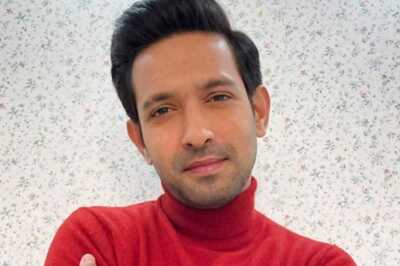


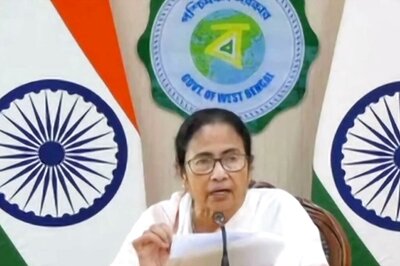
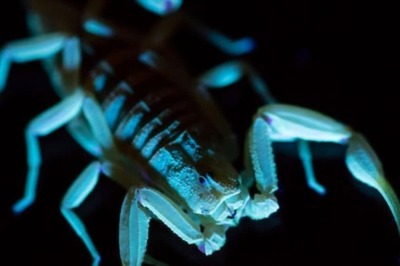
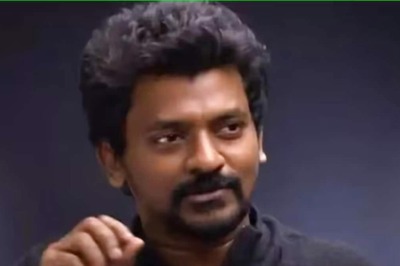
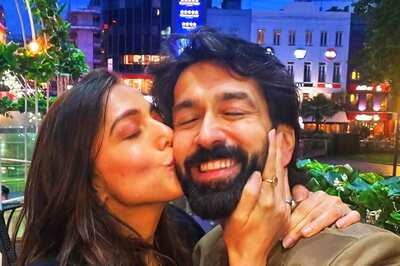
Comments
0 comment